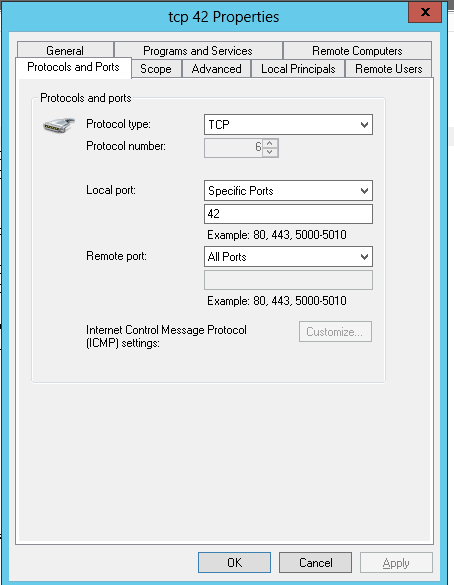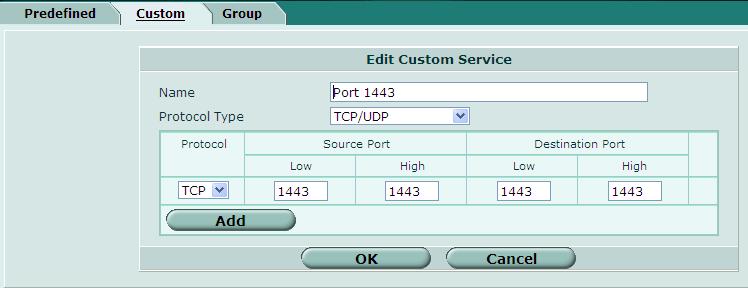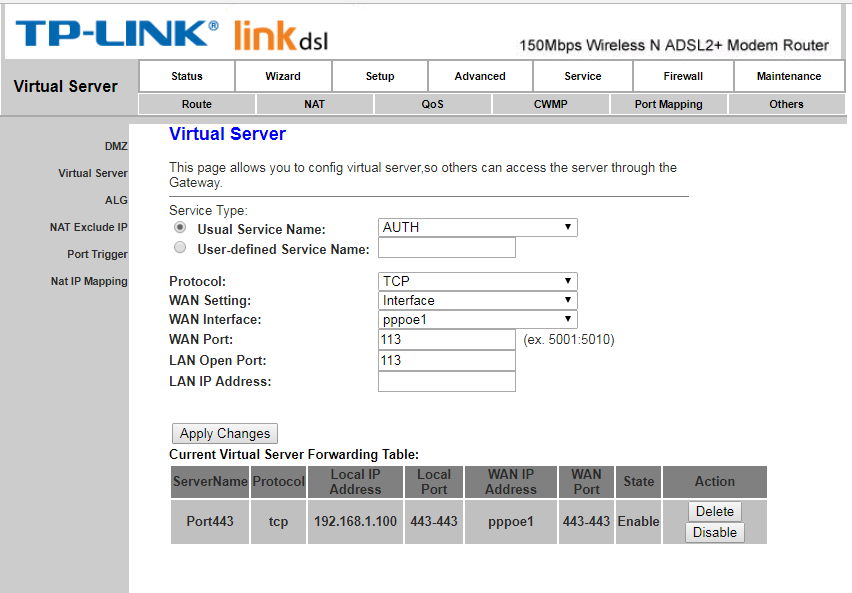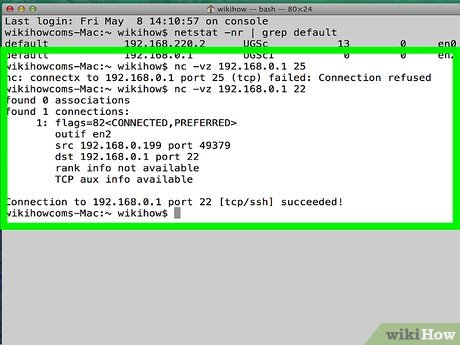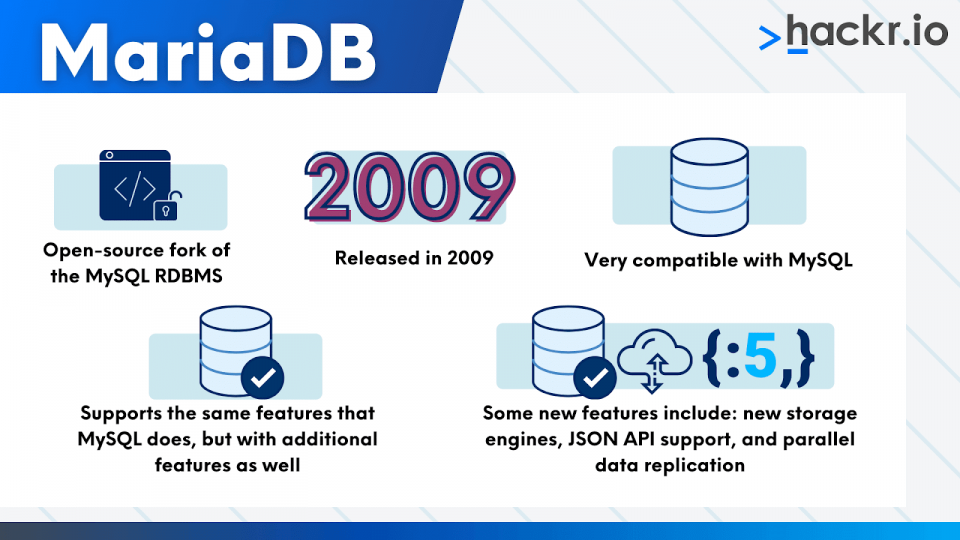Why is my port not listening?
Press the Windows key + R, then type “cmd.exe” and click OK. Enter “telnet + IP address or hostname + port number” (e.g., telnet www.example.com 1723 or telnet 10.17. xxx. xxx 5000) to run the telnet command in Command Prompt and test the TCP port status. How do I test if my port is working? Press the Windows key + …

